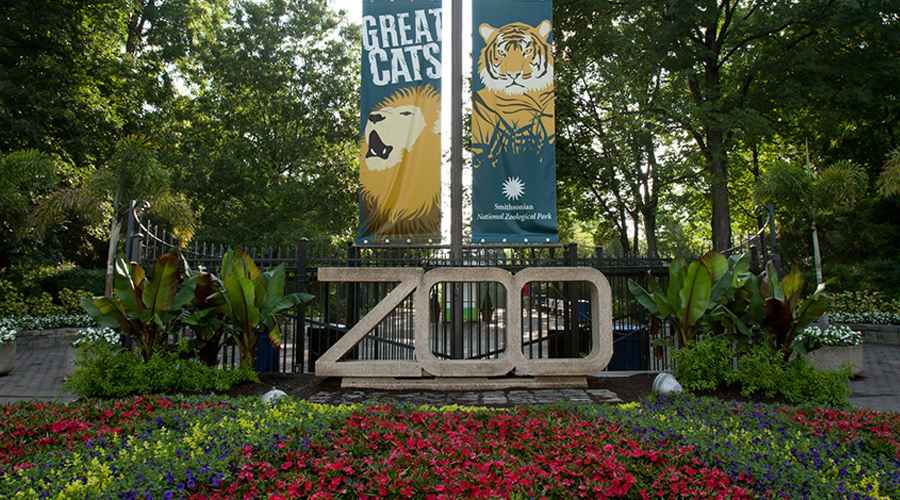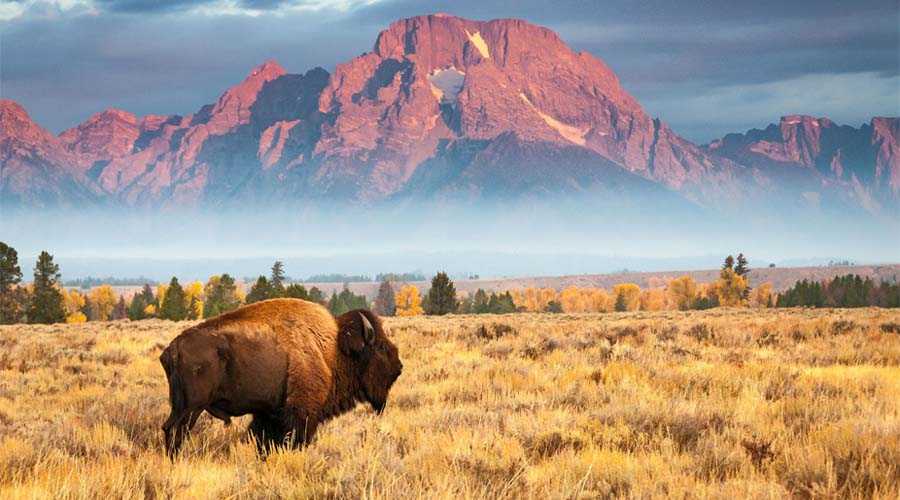Nestled in the heart of Washington, D.C., the Smithsonian National Zoological Park is not just an urban escape into nature; it is also a pioneering institution dedicated to wildlife conservation, education, and scientific research. Commonly referred to as the National Zoo, this renowned facility attracts over a million visitors annually, offering a glimpse into diverse ecosystems and rare animal species from across the globe. As a part of the Smithsonian Institution, the zoo combines recreation with vital conservation efforts, making it one of the most influential zoological parks in the world.
Origin and History
The Smithsonian National Zoological Park has a legacy dating back to 1889, making it one of the oldest zoos in the United States. It was founded with the mission of protecting species under threat, particularly North American animals such as bison and beaver that faced steep population declines in the 19th century. Dr. William Temple Hornaday, a prominent zoologist, played a key role in its early establishment, envisioning a safe refuge for endangered wildlife. In 1891, the zoo relocated to its current location in Rock Creek Park, spanning 163 acres of lush land.
Throughout the 20th century, the zoo gained international recognition not only for its animal collection but also for its intensive focus on breeding endangered species and conducting research. Today, the park continues this mission under the broader umbrella of the Smithsonian Conservation Biology Institute (SCBI), which operates both at the D.C. campus and at a specialized 3,200-acre site in Front Royal, Virginia.
Layout and Visitor Experience
Walking through the Smithsonian National Zoo is like embarking on a global safari. The expansive grounds are divided into distinct themed habitats, designed to mirror the natural environments of the animals they host.
- Asia Trail: A highlight of the zoo, Asia Trail showcases animals such as sloth bears, clouded leopards, fishing cats, and of course, the famous giant pandas. Lush vegetation and interpretive exhibits create an immersive experience in Asian ecosystems.
- Giant Panda Habitat: Perhaps the most iconic zone, the zoo became one of the few institutes outside of China to care for giant pandas when it welcomed Ling-Ling and Hsing-Hsing in 1972. Today, pandas like Mei Xiang and Tian Tian continue to enchant visitors while also serving as living symbols of global cooperation in conservation.
- Elephant Trails: This multi-acre exhibit is dedicated to Asian elephants, providing space not only for their care but also for visitor education on elephant conservation issues.
- The American Trail: Highlighting North American species, it features animals like bald eagles, sea lions, beavers, and wolves, emphasizing wildlife found across the U.S.
- Amazonia: A tropical exhibit simulating a rainforest environment, Amazonia features monkeys, reptiles, insects, and aquatic life, teaching about the fragile balance of rainforest ecosystems.
In addition to these key areas, the zoo houses large cats, reptiles, birds, amphibians, and aquatic species, making it a biodiversity hotspot that represents the interconnection between ecosystems worldwide.
Conservation and Research
What makes the Smithsonian National Zoological Park exceptional is its dual role as both a public attraction and an advanced research institution. Through the Smithsonian Conservation Biology Institute, scientists actively engage in conservation projects that span the globe.
Some major conservation milestones include:
- Giant Panda Breeding Program: The zoo has been pivotal in preserving giant pandas through successful breeding and artificial insemination programs, ensuring continued genetic diversity of the species.
- Bird Conservation: By studying migratory bird populations and breeding programs, the zoo has helped restore species like the Guam kingfisher to stability.
- Elephant Conservation: The park’s Asian elephant program addresses critical issues such as habitat loss, poaching, and herd health through global collaborations.
- Reproductive Science: The zoo is known for breakthroughs in assisted reproduction techniques, benefiting endangered species from cheetahs to amphibians.
The SCBI also trains young scientists from around the world, building a global network of conservation leaders dedicated to saving wildlife and habitats.
Education and Public Outreach
Beyond animal exhibits, the zoo emphasizes educational programs to inspire visitors about wildlife. Interactive kiosks, guided tours, summer camps, and educational workshops engage children and families in conservation learning. The zoo also conducts live-streaming of popular animals, especially giant pandas, allowing millions worldwide to connect with conservation in real time.
Free admission ensures that the Smithsonian National Zoological Park remains accessible to everyone, reflecting its mission as a public educational institution rather than a profit-driven venture. This accessibility makes it a favorite destination for school trips, family outings, and tourists exploring Washington, D.C.
Sustainable Practices
In line with its conservation ethos, the National Zoo adopts eco-friendly operations. Renewable energy use, waste reduction practices, water recycling, and sustainable building projects emphasize its commitment to environmental stewardship. Visitors are encouraged to participate in conservation-friendly practices during their visits, reinforcing the idea that small actions collectively safeguard the planet.
Visitor Information
The zoo is open year-round, offering changing experiences across seasons. While spring and summer provide lively scenes with active animals and lush vegetation, autumn and winter feature special events and fewer crowds, with indoor exhibits ensuring a fulfilling visit. Admission remains free, but timed entry passes are required to manage crowds. Easily accessible via public transportation, the zoo sits in a prime location near Rock Creek Park, making it both a natural retreat and a cultural landmark.
Legacy and Impact
The Smithsonian National Zoological Park is more than a collection of exotic animals; it represents a powerful blend of research, conservation, education, and public engagement. It has become a pioneering model for how urban zoos can serve as ambassadors of wildlife preservation, connecting human communities with species that may otherwise be lost to future generations.
For over a century, the zoo has carried forward its mission of conservation while entertaining millions. In doing so, it reminds us that the survival of species is not merely the responsibility of scientists or governments, but a shared duty of humankind. Visitors to the National Zoo not only witness the beauty of wildlife but also take home a lasting message of stewardship toward the planet we all share.

